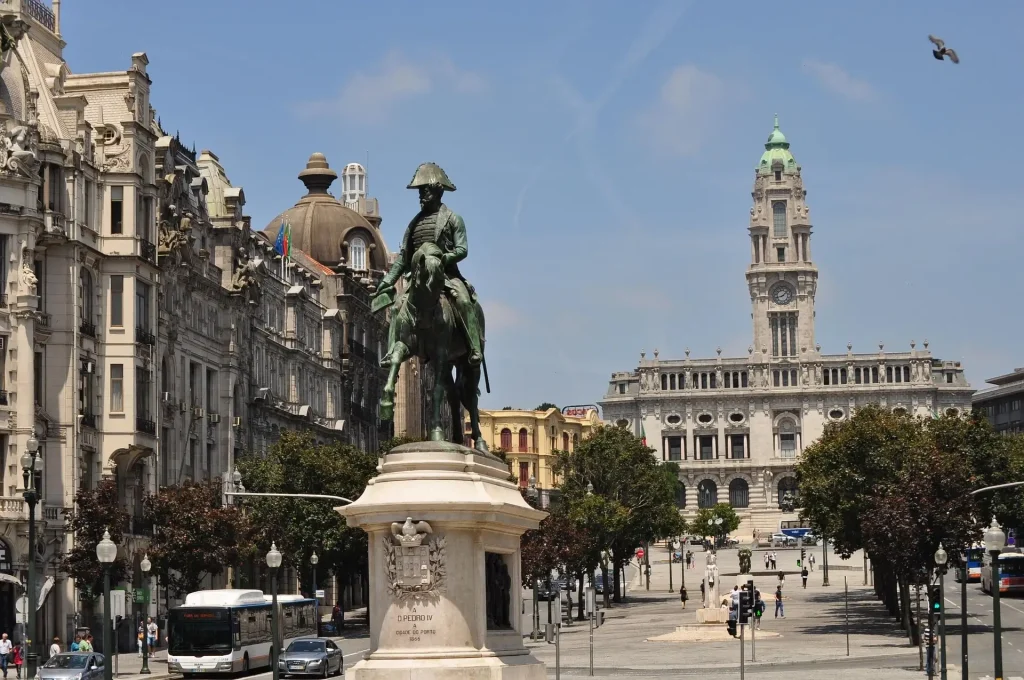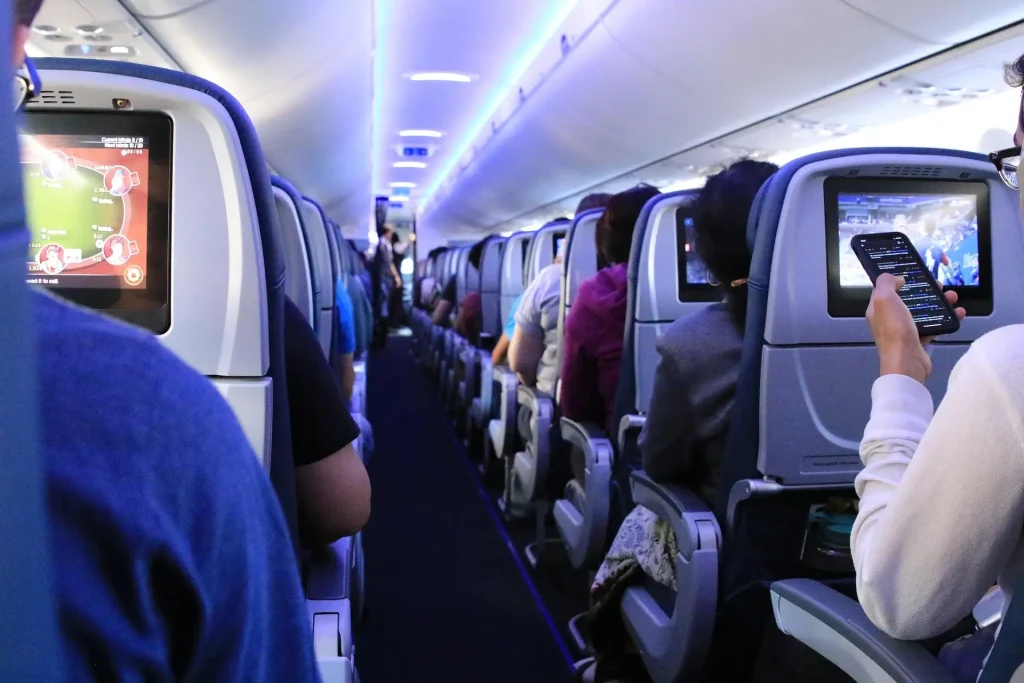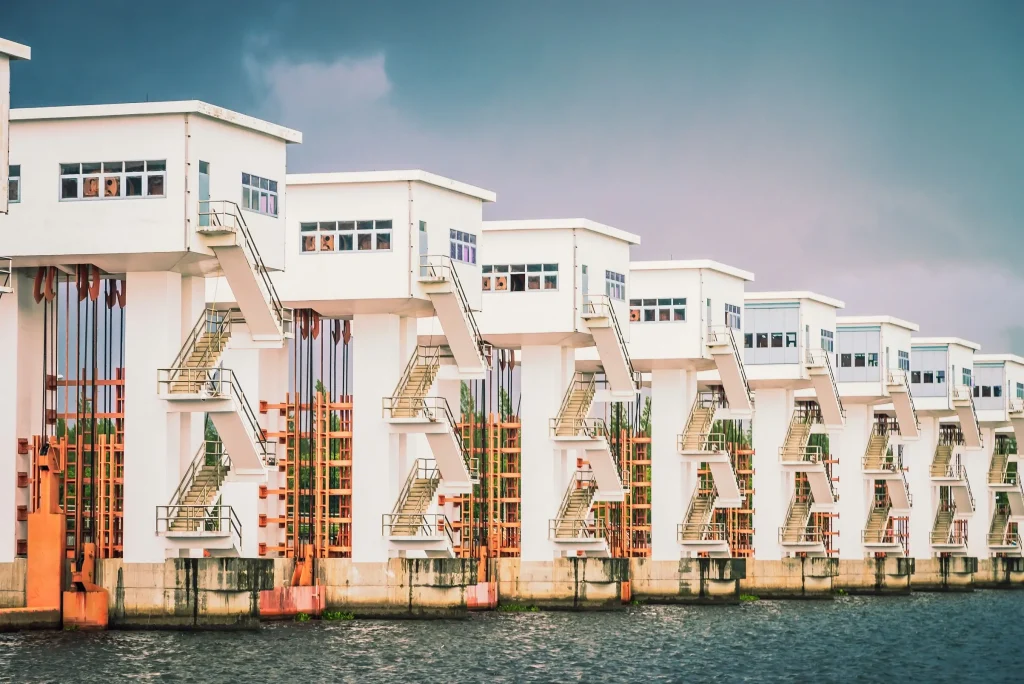Discover how to get to Porto with our expert guide. Find cheap flights, trains, buses, and tips to reach Porto, Portugal stress-free. Plan now!
Hey everyone, gather around—I’ve got some stories from my trips to Porto that I think you’ll love. As someone who’s wandered through Europe more times than I can count, figuring out how to get to Porto has become second nature. I remember my first visit; I flew in from London, but since then, I’ve tried trains from Lisbon and even a road trip from Spain. It’s all about picking what fits your vibe and budget. Let me break it down like we’re chatting over coffee.
Porto sits on Portugal’s northern coast, right by the Douro River. It’s got that mix of old-world charm with tiled buildings and port wine cellars. But getting there? Options abound, depending on where you’re starting. I’ll share what worked for me and what I’d skip next time.

Flying to Porto: The Quickest Way
Flights are my go-to for long hauls to Porto. Francisco Sá Carneiro Airport, or OPO, handles most arrivals. It’s about 11 kilometers northwest of the city center. I’ve landed there from all over—easy connections from major hubs.
Major airlines like Ryanair, EasyJet, and TAP Air Portugal dominate. From Europe, budget carriers keep fares low. I once snagged a round-trip from Paris for under 50 euros. Check Skyscanner or Google Flights for deals.
From the US, direct flights are rare. You’ll likely connect through Lisbon or Madrid. I flew Delta from New York via Amsterdam—total time around 10 hours. Pack snacks; layovers can drag.
From Asia or Australia, expect multiple stops. Emirates via Dubai works well. I did Singapore Airlines from Bangkok once—smooth but exhausting. Aim for morning arrivals to beat jet lag.

Airport Transfers: Getting into the City
Once you land at OPO, options for reaching downtown vary. The metro is cheap and reliable. Line E runs every 20-30 minutes, costing about 2 euros. I hopped on it my first time—straight to Trindade station in 30 minutes.
Taxis are pricier, around 20-25 euros. Use the official rank outside arrivals. I prefer Uber or Bolt for transparency—same price, less hassle. Pre-book if arriving late.
Buses like the 601 or 604 are budget-friendly at 2 euros. They stop at key spots like Boavista. Renting a car? Counters are in the terminal—handy for day trips to the Douro Valley.
Shuttles from hotels sometimes offer free rides. I stayed at a spot near Ribeira once; they picked me up. Always confirm in advance.
By Train: Scenic Rides from Nearby Cities
Trains to Porto feel like a mini adventure. Comboios de Portugal runs the network. From Lisbon, the Alfa Pendular high-speed train takes about 2.5 hours. I love the views along the coast—beats flying for scenery.
Tickets start at 25 euros if booked early via cp.pt. Stations like Campanhã and São Bento are central. São Bento’s azulejo tiles are a sight—arrive early to snap photos.
From Madrid, it’s a longer haul—about 8 hours with Renfe. I combined it with a stop in Salamanca once. Not the fastest, but the landscapes shift from plains to hills.
International trains from France or further require changes. I took the Sud Express from Paris—overnight sleeper, woke up in Porto. Comfy beds, but pack earplugs for the rumble.
Train Tips: What I’ve Learned
Book in advance for discounts—up to 40% off. Eurail passes work if touring Europe. I used one for Portugal-Spain hops—saved a bundle.
Trains are punctual, but delays happen in bad weather. Carry water and snacks; onboard options are limited. For families, first-class offers more space.
Accessibility is decent—most trains have ramps. But older stations might lack elevators. I helped a friend with luggage once; porters are rare.
Combine with local transport. From Campanhã, metro links everywhere. I always grab a Andante card for seamless rides.
By Bus: Budget-Friendly Overland Travel
Buses are underrated for getting to Porto. Companies like FlixBus and Rede Expressos cover routes. From Lisbon, it’s 3-4 hours for 10-15 euros. I prefer window seats for the highway views.
From Spain, ALSA buses from Vigo or Santiago de Compostela take 2-3 hours. Crossed the border that way—easy customs, cheap fares.
Longer trips from France or Germany exist via Eurolines. I did Paris to Porto once—15 hours, but comfy with Wi-Fi. Stops for breaks help.
Bus stations like Casa da Música are modern. Arrive early; seats fill up in summer.
Bus Perks and Pitfalls
Pros: Affordable and direct. Cons: Traffic can add time. I got stuck once near Coimbra—turned 3 hours into 5.
Pack light; overhead space is tight. Download movies—Wi-Fi can be spotty. Restrooms onboard vary by carrier.
For eco-conscious folks, buses emit less than planes. I choose them for short hauls to cut my footprint.
Night buses save on hotels. Slept through a Madrid run—woke refreshed in Porto.
Driving to Porto: Road Trip Freedom
Renting a car gives ultimate flexibility. From Lisbon, the A1 highway takes 3 hours. Tolls add up—about 20 euros. I drove it solo once, stopping at beaches en route.
From Spain, the A3 from Vigo is straightforward—1.5 hours. Borders are open; no stops needed. Fuel up before crossing—prices differ.
International drives from France take 10+ hours. I road-tripped from Bordeaux—vineyards galore. Use ViaMichelin for routes.
Parking in Porto is tricky—narrow streets. Opt for garages outside the center.
Car Rental Essentials
Major firms like Hertz at the airport. Book automatic if manual scares you—hills are steep. I learned that the hard way.
Insurance is key—Portugal’s roads are good, but drivers aggressive. GPS apps like Waze beat built-ins.
Fuel: Diesel is cheaper. Stations are frequent on highways.
For groups, split costs make it economical. We did a family drive from Faro—memories for life.
By Sea: Cruise or Ferry Options
Ferries to Porto are limited. From the UK, Brittany Ferries to Santander, then drive 4 hours. I combined it once—sea views plus road adventure.
Cruises dock at Leixões port, 10km from center. Lines like MSC or Royal Caribbean include Porto stops. Shuttles take you in.
From islands like Madeira, no direct ferries—fly instead. But for Mediterranean cruises, Porto’s a highlight.
Yacht charters exist for luxury. Sailed up from Lisbon—pricey but epic.
Sea Travel Insights
Motion sickness pills if prone. I skipped once—regretted it.
Ports are efficient; taxis wait. Explore Matosinhos nearby for fresh seafood.
Eco bonus: Ferries over planes for some routes. But time-consuming for most.
Off-season deals abound. Booked a winter cruise—half price.
From Major European Cities: Tailored Routes
From London: Fly direct with British Airways—2 hours. I do it often; quick escape.
Paris: Train or fly. Air France flights 2 hours; cheaper than rail sometimes.
Berlin: Ryanair direct—3 hours. Connected via Frankfurt once—added sausage stop.
Amsterdam: KLM flights daily. 2.5 hours; bike-friendly vibes match Porto’s walkability.
Transatlantic Journeys: From the Americas
From New York: TAP via Lisbon—7 hours direct to Lisbon, then 50-minute hop. I timed it for minimal wait.
Toronto: Air Canada direct to Porto seasonally—7 hours. Winter escapes perfect.
São Paulo: Direct with TAP—10 hours. Brazilian influence in Porto’s food scene.
Mexico City: Connect via Madrid—12+ hours. Iberia works well.
From Asia and Oceania: Long-Haul Strategies
Tokyo: Via Frankfurt with Lufthansa—15 hours total. Jet lag hits hard; rest on arrival.
Sydney: Qantas to London, then to Porto—24+ hours. Break in Dubai.
Singapore: Emirates via Dubai—18 hours. Luxe lounges ease the pain.
Delhi: Air India via Frankfurt—14 hours. Spice up with Indian eats in transit.
Budget Tips for Any Route
Hunt deals on Kayak. Flexible dates save big. I scored 30-euro Lisbon flights midweek.
Loyalty programs pay off. Miles from past trips funded my last one.
Avoid peak summer—fares double. Shoulder seasons like April offer mild weather, low costs.
Combine modes: Fly in, train out. Adds variety without extra spend.
Sustainable Travel Choices
Trains and buses over flights cut emissions. I offset carbons via apps now.
Electric car rentals emerging. Drove one from Braga—quiet and green.
Walk or cycle once there. Porto’s compact; reduces local impact.
Support eco-hotels on arrival. Many use solar power.
What to Expect on Arrival
Customs at OPO are swift for EU folks. Non-EU: Have visas ready if needed.
Tourist info desks help with maps. Grab a Porto Card for discounts.
Currency: Euros. ATMs everywhere; cards accepted widely.
Language: Portuguese, but English common in tourist spots.
Packing for the Journey
Layers for variable weather. Porto’s mild but rainy.
Comfort items: Neck pillow for long trips. I swear by mine.
Snacks: Airport food pricey. Pack nuts or bars.
Essentials: Charger, adapter. Europe uses type C/F plugs.
Side Trips While En Route
From Lisbon train: Stop in Coimbra for university vibes.
Driving from Spain: Detour to Guimarães—birthplace of Portugal.
Flying via Madrid: Extra day for tapas.
Bus from Vigo: Quick hop to beaches.
Cultural Etiquette En Route
Greet with “bom dia.” Smiles go far.
Tip modestly—10% max.
Respect queues; Portuguese are polite.
Learn basics: “Obrigado” for thanks.
Safety on the Way
Trains safe; watch bags in stations.
Buses: Secure luggage.
Driving: Follow speed limits—cameras everywhere.
Flights: Standard precautions.
Accommodation Links Upon Arrival
Book near Aliados for centrality. I love historic spots.
Airbnb for local feel. Tried one in Foz—ocean views.
Hostels for budget: Tattva Design rocks.
Luxury: Yeatman for wine lovers.

Food Stops Right After Arrival
Grab pastéis de nata at a café. Sweet start.
Seafood in Matosinhos—fresh off the boat.
Port wine tasting in Vila Nova de Gaia.
Veggie options abound; try francesinha adapted.
Exploring Porto Once There
Walk the Ribeira district. River views stun.
Climb Clérigos Tower—360 panoramas.
Livraria Lello—book heaven.
Douro cruise—relaxing end to travel

Why Porto’s Worth the Trip
The port wine alone. Sipped it at sunset—magic.
People warm; stories shared over meals.
Architecture mixes old and new.
Nature nearby: Beaches, valleys.
Frequently Asked Questions
What’s the Cheapest Way to Get to Porto?
Buses from nearby cities like Lisbon offer the lowest fares, often under 15 euros. Book early on FlixBus. For flights, budget airlines from Europe keep costs down. Avoid peak seasons for best deals.
How Long Does It Take to Get to Porto from Lisbon?
By train, about 2.5 hours on the high-speed option. Driving takes 3 hours without stops. Buses run 3-4 hours. Flights are quickest at 50 minutes.
Do I Need a Visa to Visit Porto?
EU citizens don’t. Most others get 90 days visa-free in Schengen. Check your nationality on official sites. Always carry ID.
What’s the Best Airport for Porto?
Francisco Sá Carneiro (OPO) is the main one. It’s modern and close to town. No major alternatives nearby.
Can I Get to Porto by Ferry?
Limited options. From Spain or UK, combine with drive. Cruises dock regularly. No direct passenger ferries from far.
Is Driving to Porto Easy?
Yes, highways are well-maintained. Tolls apply; get a Via Verde device. Parking in city center is challenging. Rent from reputable firms.
What Train Station Do I Arrive At in Porto?
Most long-distance trains stop at Campanhã. Local ones at São Bento. Both connect to metro. São Bento’s prettier.
Are There Direct Flights to Porto from the US?
Seasonal ones from Newark or Boston. Otherwise, connect via Europe. Check TAP for options.
How Much Does a Taxi from Porto Airport Cost?
Around 20-25 euros to center. Use apps for fixed rates. Avoid unofficial cabs.
What’s the Best Time to Travel to Porto?
Spring or fall—mild weather, fewer crowds. Summer’s busy; winter rainy but cheap.
Wrapping Up the Journey
So, that’s my take on how to get to Porto—plenty of paths, each with its charm. Whether you’re flying in for speed or training for views, it’s all about the adventure. I’ve shared my hits and misses; hope it sparks your trip. Porto waits with open arms—go make memories. Safe travels, friends!



